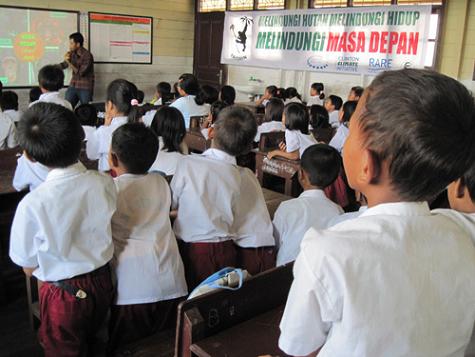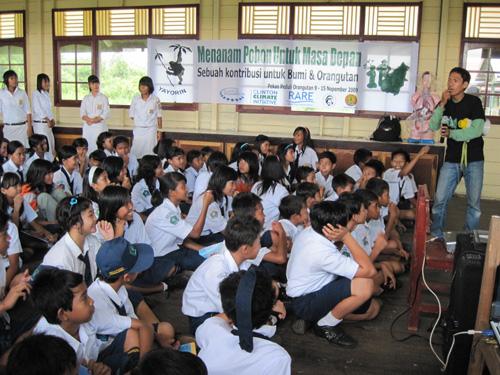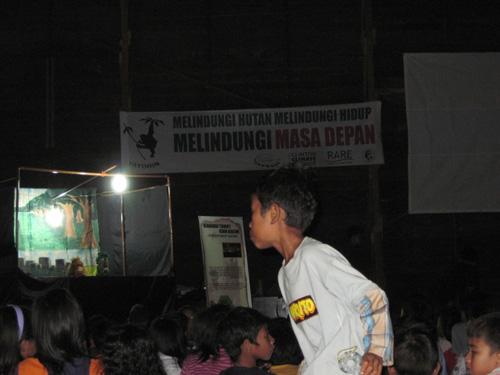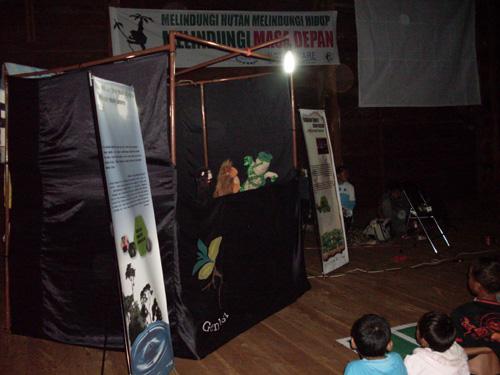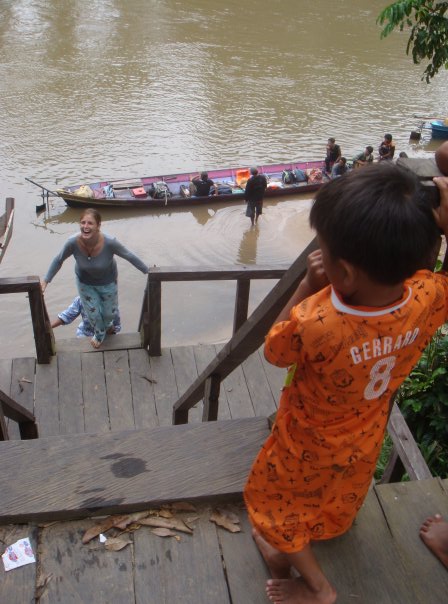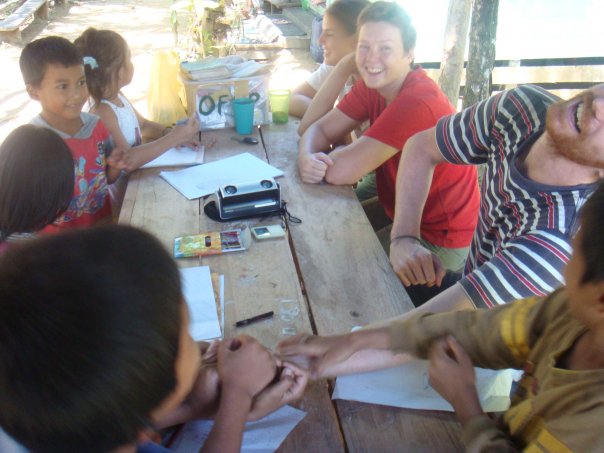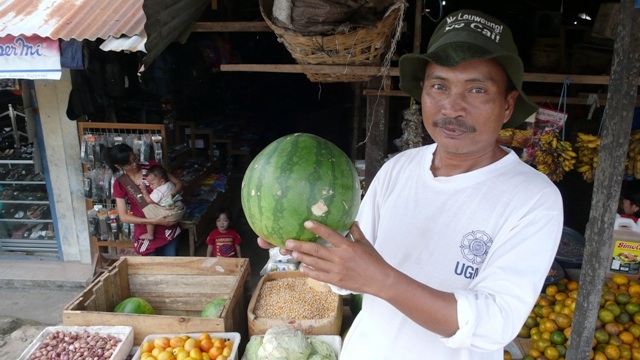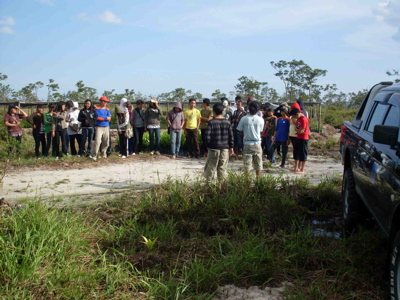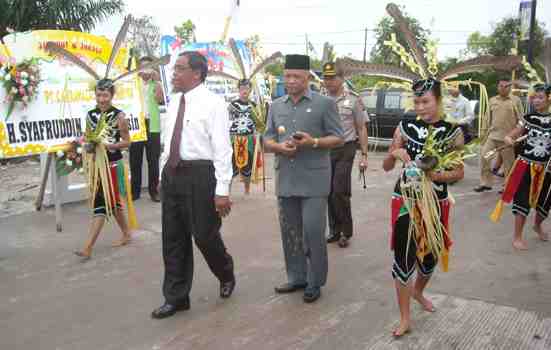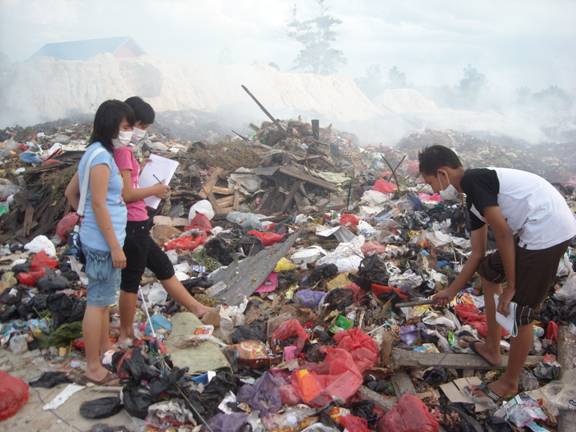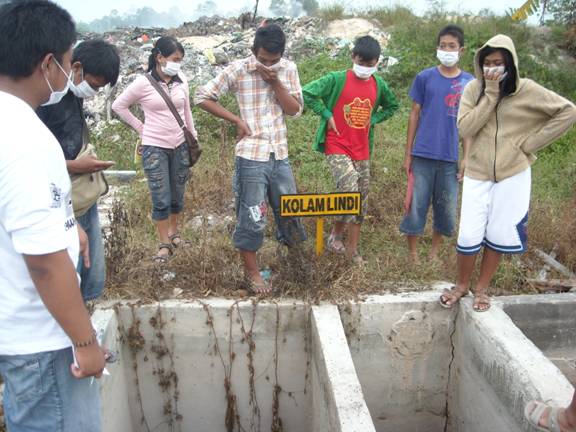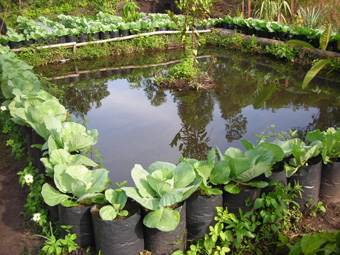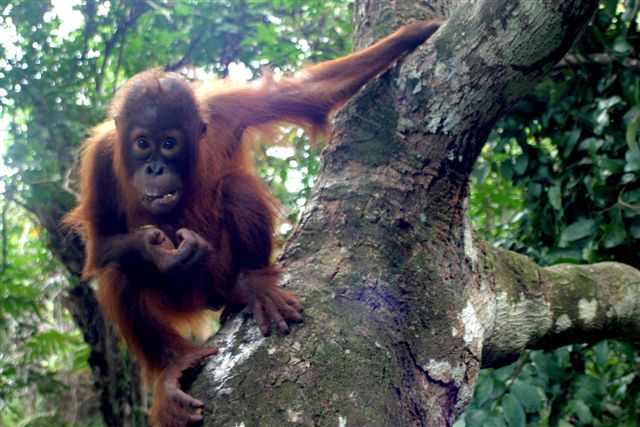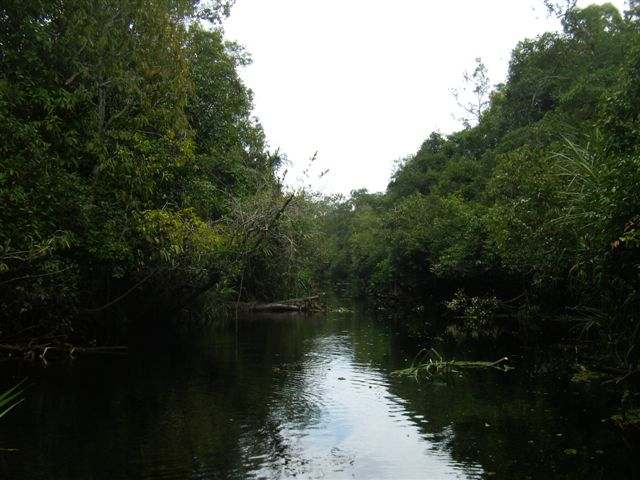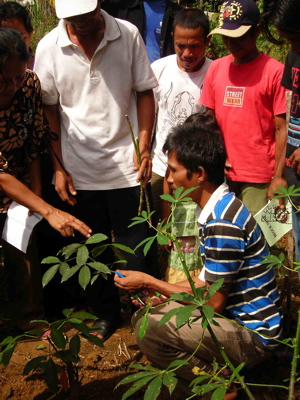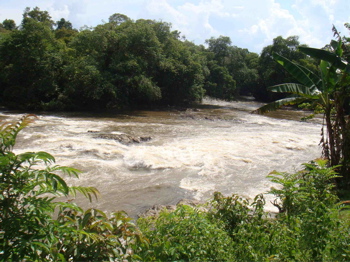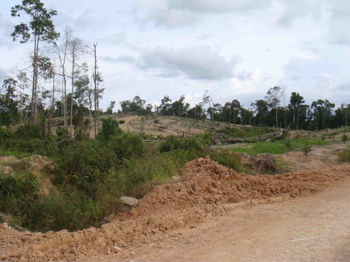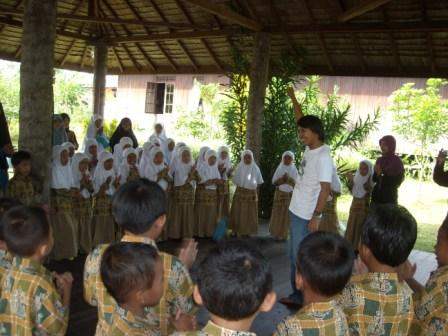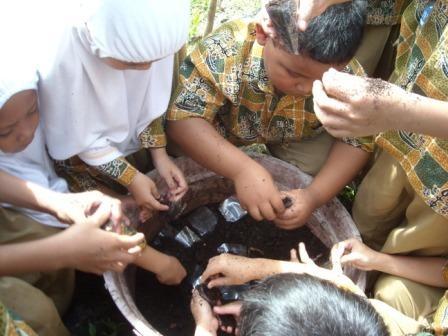Togu Simorangkir, director of Yayorin (Yayasan Orangutan Indonesia), our local partners, sent through some photo’s of their Orangutan Awareness Week activities. Yayorin's theme for Orangutan Awareness Week 2009 is ‘Planting trees for the future’. They are targeting villages surrounding areas of orangutan habitat.
School Presentation - photo © Yayorin
Their school campaign involves presentations, mobile library, film show, quiz and games.
Quiz and games - photo © Yayorin
Mobile library - photo © Yayorin
At the community level they have organised an exhibition, puppet show and film show.
Film show - photo © Yayorin
Puppet show - photo © Yayorin
On Sunday 15 November, Yayorin we will be planting trees in Tanjung Putri village and in the Lamandau River Wildlife Reserve buffer zone. In total about 1500 trees will be planted by students and communities.
Seedlings to be planted - photo © Yayorin
Yayorin will also be promoting “cheap in your own land” - a campaign to change the slash and burn agriculture method to sustainable permanent agriculture.
Yayorin's Orangutan Awareness Week 2009 badge 'planting trees for the future', which they produce and give away for free.
We'll post about what we've been up to in the UK tomorrow, Orange for Orangutan Day - go on, go orange and support our work, it's not too late!
Thanks,
Cathy
Orangutan Foundation - UK office


